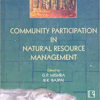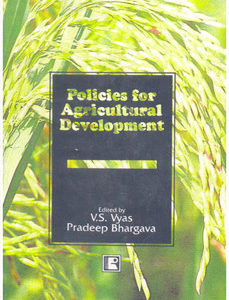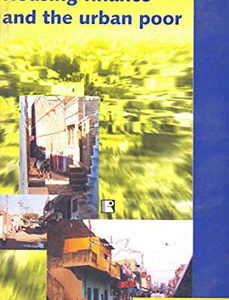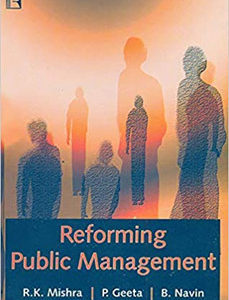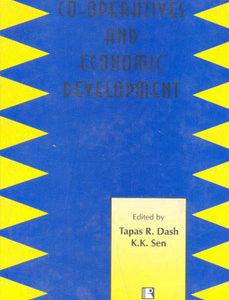RESOURCE MANAGEMENT AND CONTOURS OF DEVELOPMENT: Reflections Through Macro-Micro Narratives
₹1,095.00 Original price was: ₹1,095.00.₹876.00Current price is: ₹876.00.
25 in stock
Over the years, in India, common property resources (CPRs) are rapidly declining in terms of both quality and quantity. A variety of factors such as growth in population, overexploitation, ecological degradation, state intervention and commercialisation have mainly been responsible for this. Besides, CPRs have never found a prominent place in the development strategy of the government.
The stimulating volume, which grew out of a national seminar, is a modest attempt in understanding the interface between CPRs and ground realities. Rich in both empirical data and theoretical analysis, the book projects a comprehensive view on the sociology of CPRs and their management. In a nutshell, the central purpose of the work is to present a wholistic picture of (a) what has happened to CPRs over the period of time in rural India; (b) to what extent these resources have been utilised for the best interest of the local marginalised people; and (c) what provisions the state has made for their sustainable use.
Thus, the book has lot to offer to those who are really interested in conservation of CPRs. It is also hoped that this discourse would provoke and activate social scientists working in this vital area of social concern.
| Author's Name | |
|---|---|
| Binding | |
| Release Year | |
| Language | |
| Publisher |
Related products
Business & management
Business & management
POLICIES FOR AGRICULTURAL DEVELOPMENT: Perspectives from States
Business & management
Business & management
Business & management
Business & management
Business & management
Business & management


